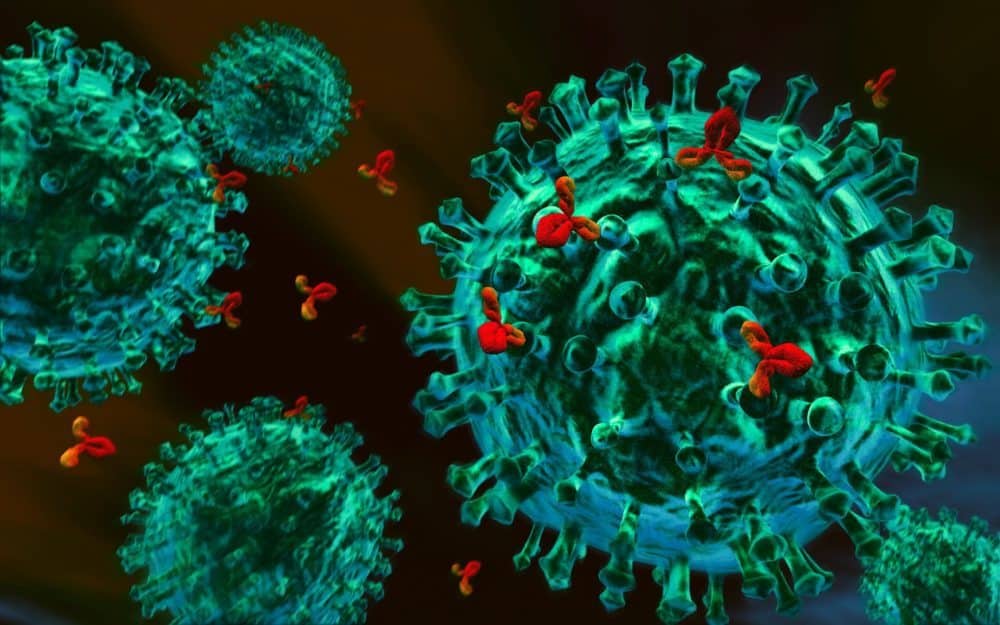Double Attack Antibody Picks on Viruses from Two Sides
Immunoglobulin A (IgA) plays an important role in protecting our mucosal surfaces from viral infection, in maintaining a balance with the commensal bacterial flora, and in extending maternal immunity via breast feeding.
Working together with scientists from the US, researchers at the University of Zurich have now discovered a new aspect of how the flu virus interacts with antibodies in the lungs. “This was a completely unexpected and unforeseen finding,” says Lars Hangartner, former professor at the Institute of Medical Virology of UZH. “We found that antibodies called IgAs, which are commonly found on mucosal surfaces, can actually protect us from infections in two different ways,” adds the head of the study, who now works at The Scripps Research Institute in the USA.
The University of Zurich (UZH) team has discovered a new mechanism that could potentially be used to develop better flu vaccines and more effective drugs.
Antigens provide the immune system with a kind of blueprint that allows it to recognize flu viruses and start the production of antibodies as soon as it encounters them again. However, current vaccines stimulate the production of another type of antibodies: Immunoglobulin G
(IgG).
The team studied different kinds of antibodies in cell cultures to find out which ones were most potent against the flu virus. They found that a subtype called IgA1, which has a special tail at one end that contains sialic acids, was the most effective.
It was found through investigation that this tail blocks the part of the virus that allows it to attach to the cells it wants to infect. This suggests that the IgA1 antibody works through two different types of immune activity.
Firstly, through acquired immunity, which is traditionally associated with antibodies that specifically recognize pathogens. And secondly, through innate immunity via the sialic acids at the other end of the molecule, which is more of a non-specific, broad-ranging attack. IgA antibodies thus attach themselves to flu viruses in two places at once.
The team believes that this study could help improve the effectiveness of flu vaccinations and drugs. Since IgAs are notoriously hard to work with, Hangartner believes future research should focus on developing antibodies that are easier to produce and can be tested in mice.
His idea is to graft the tail of the IgA1 onto an IgG-type antibody, which is much easier to handle. “It would combine the best of both worlds and give us a molecule that’s more effective and hardy, and that ultimately may be very useful when it comes to fighting the flu,” adds the immunologist.
































